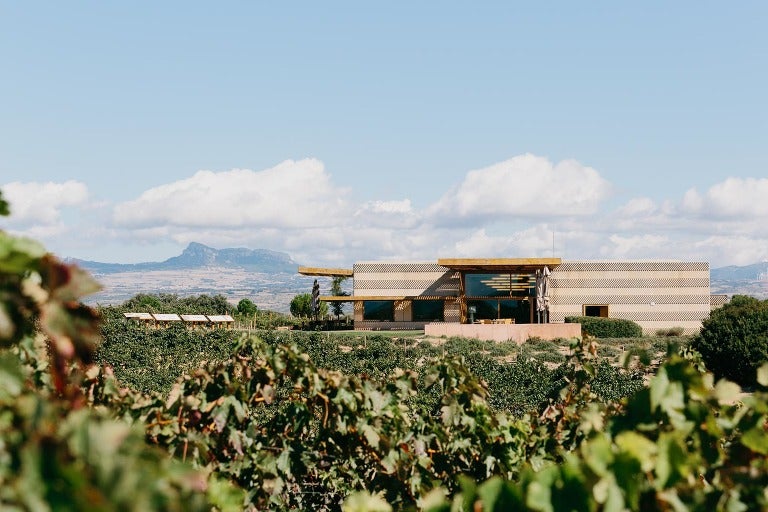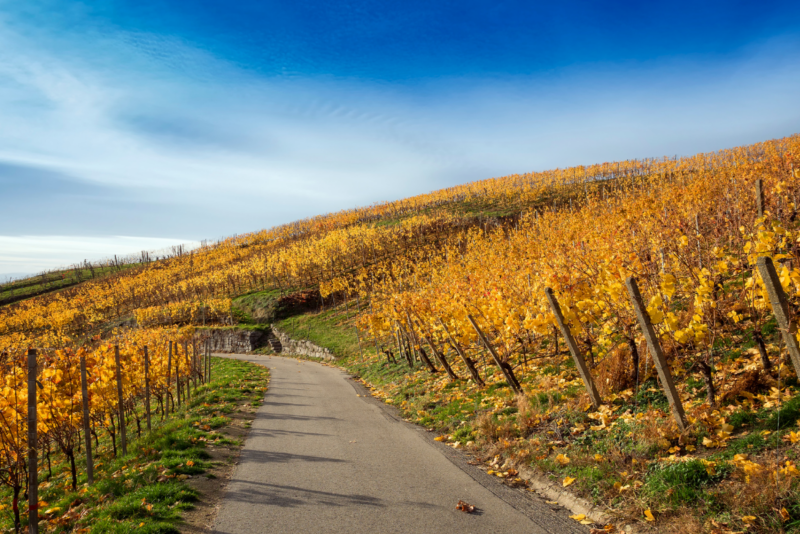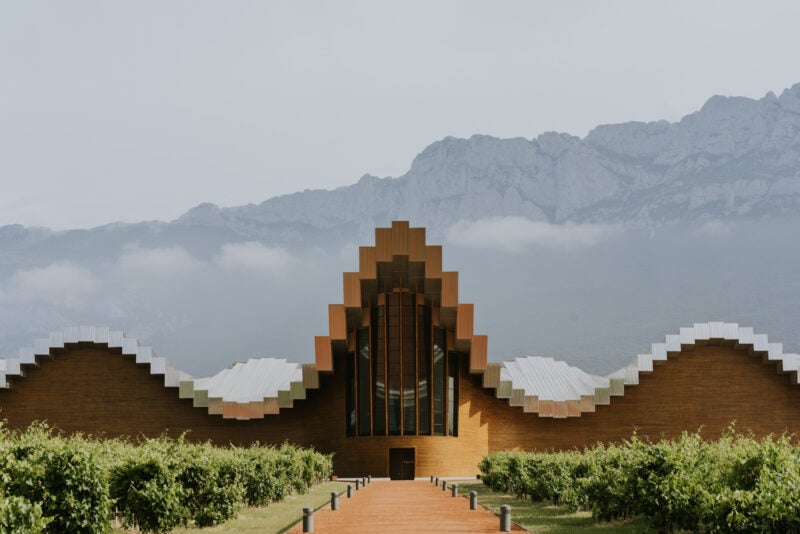Nowadays sustainability is a buzzword, it seems like overnight we have incorporated this word to our everyday vocabulary. The question is – despite using it and hearing it all the time, do we really know what it means, especially within the realm of wine? My post today is going to be on what I think is definitely one of the most exciting topics in wine, but perhaps not the most glamorous: sustainability.
Sustainability is not easy to define as the usage implications (and certifications) may vary from one country to another. Elena Suarez, one of the winemakers in Campo Viejo in Rioja says that before anything else sustainability is an attitude and philosophy toward work. “(Sustainability is) something that is inherent, natural, you either feel it deep down or you don’t know what it is.” Ultimately the goal of sustainable practise is the maintenance and protection of our environment. When applied to wine, it becomes a 360-degreee concept meaning that it impacts every single area of the winemaking process. Sustainability starts in the vineyard and ends in your glass.
When Campo Viejo was building their new winery in 2000 the word sustainability didn’t even exist – no one was talking about it, no one had considered its meaning. “The new building that now we are calling our home needed to be both functional, to produce the necessary volume, and sustainable.” according to Elena Adell, Chief winemaker. With that in mind, and a respect for the environment, Elena collaborated with the famed Riojan architect Ignacio Quemada as well as operations director Fernando Pozo to design and build a semi-buried winery completely integrated into the surrounding plateau. The advantage of such structure was that there was no need for air conditioning (except in the bottle room) as the underground temperature is constantly cool, and that gravity could be used to the advantage of the winemaking team, resulting in less energy consumption thanks to less pumping. Conveniently less reliance on pumping results in much better quality to due to more gentle processing.
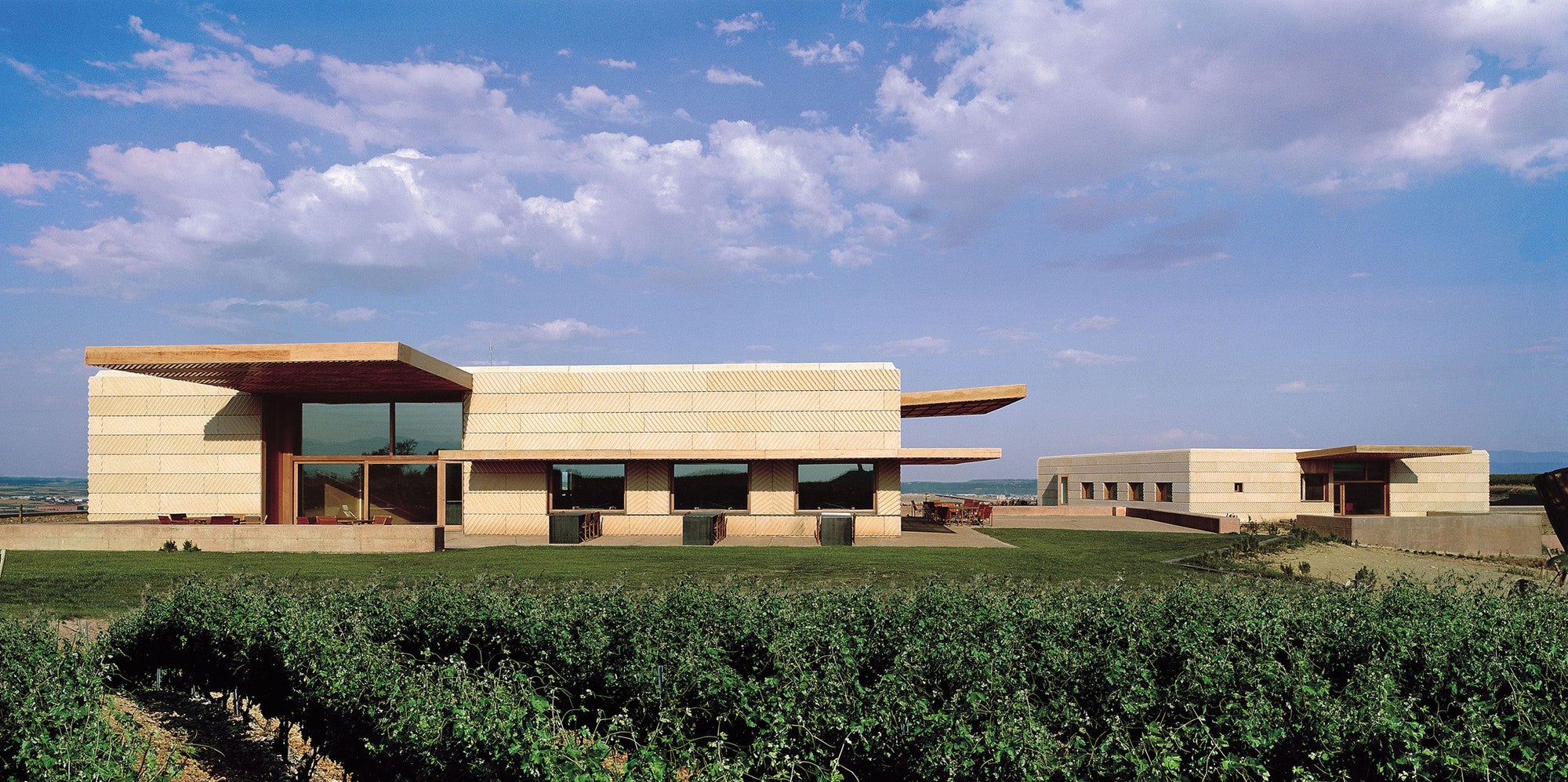
The Campo Viejo winery also boasts an onsite water treatment plant which purifies water via reverse osmosis which can then be used for irrigation if necessary. These days the above techniques are commonplace in large wineries but 20 years ago these design elements were groundbreaking!
Some other sustainability initiatives incorporated into the Campo Viejo winery include:
- Saving roughly 20 Olympic pools of water every year: the average water utilized to produce a single bottle of Campo Viejo is 0.80L as compared to the Spanish average of 2.25L.
- 100% electricity from renewable sources is used: No fossil fuel consumption, and social areas geothermically climatized.
- 70% less impact from barrel logistics by purchasing French oak that conform to PEFC standard and cooperage in Spain. Elena Adell, the chief winemaker, makes an annual trip to France to hand select the best oak direct from the mill.
- The reduction of carbon emissions by 30% by making the packaging lighter (160g less/bottle) . Rioja must by law be aged and shipped in glass.
- Carbon sequestration techniques take the CO2 gasses produced as a byproduct of fermentation and inject them into the vineyard. The roots absorb the CO2 and use it for energy to produce fruit while converting the greenhouse gas to oxygen, as part of the photosynthesis process!
- Campo Viejo collaborates with local NGO’s to identify and protect the local biosphere, with over 270 species identified and protected in our vineyards.
- Campo Viejo is the 1st winery to be certified by ‘Wineries for Climate Protection’ focused on CO2 emissions, energy efficiency, water consumption and waste management and was the first winery to certify it’s carbon footprint and energy management system through AENOR.
But what about sustainability in the vineyard?
When it comes to the vineyard, it’s all about balance. At Campo Viejo the viticultural team are very serious about biodiversity and in the vineyards an array of native animals are encouraged. It’s possible to find butterflies, boars, rabbits, foxes, as well as some insects that are beneficial for the ecosystem. To foster this diversity, constructions such as insect hotels have been introduced in addition to cover crops using native grasses, and old guardavinas have been restored to provide shelter to animals who seek it. The viticultural team attributes a high level of biodiversity to the overall quality of the vintage, the grapes seem to have a more balanced character thanks to more resilient vines.
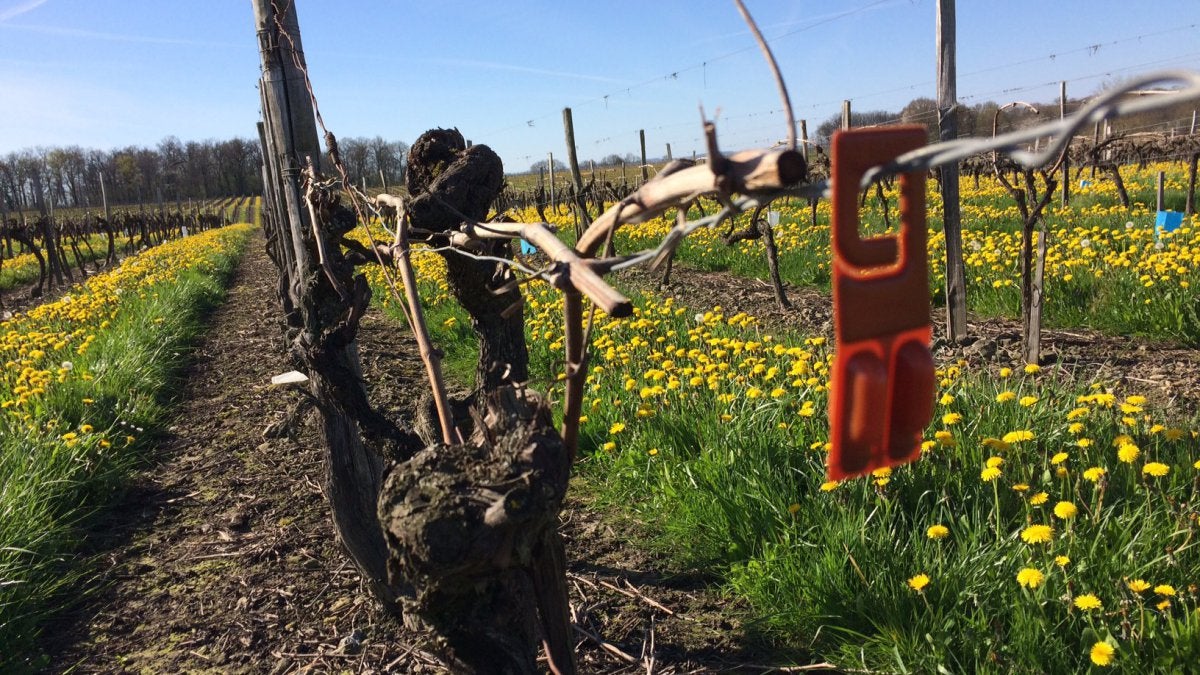
Not all the species are welcome of course. Moths represent a big danger as they feed on the skin of grapes, creating small wounds that act as open door for fungal disease. To keep them at bay Campo Viejo uses Sexual confusion pheromones, which consist of a little wire that gives off female ‘pheromone messages’ attracting and confusing male moths, hence discouraging reproduction.
